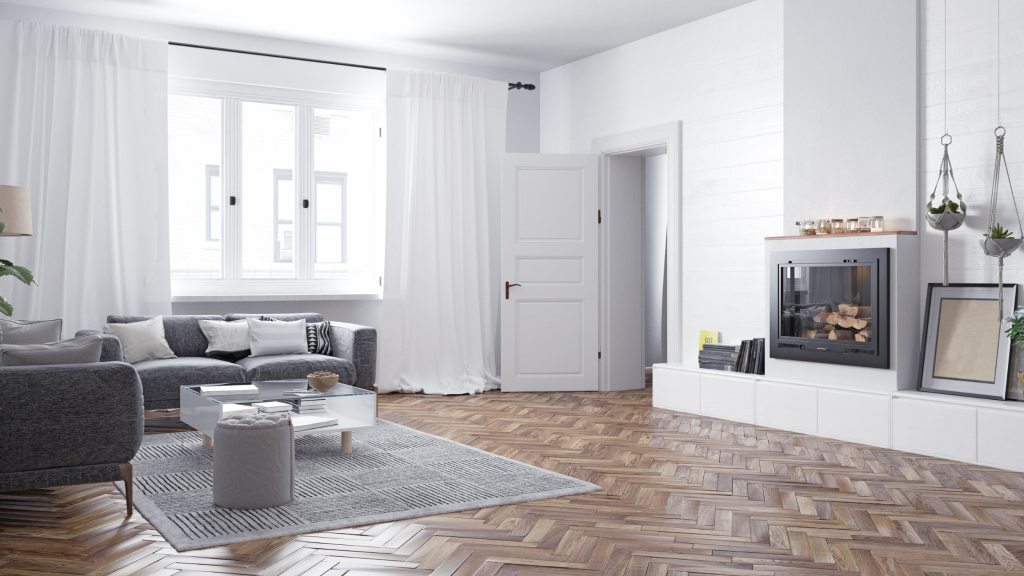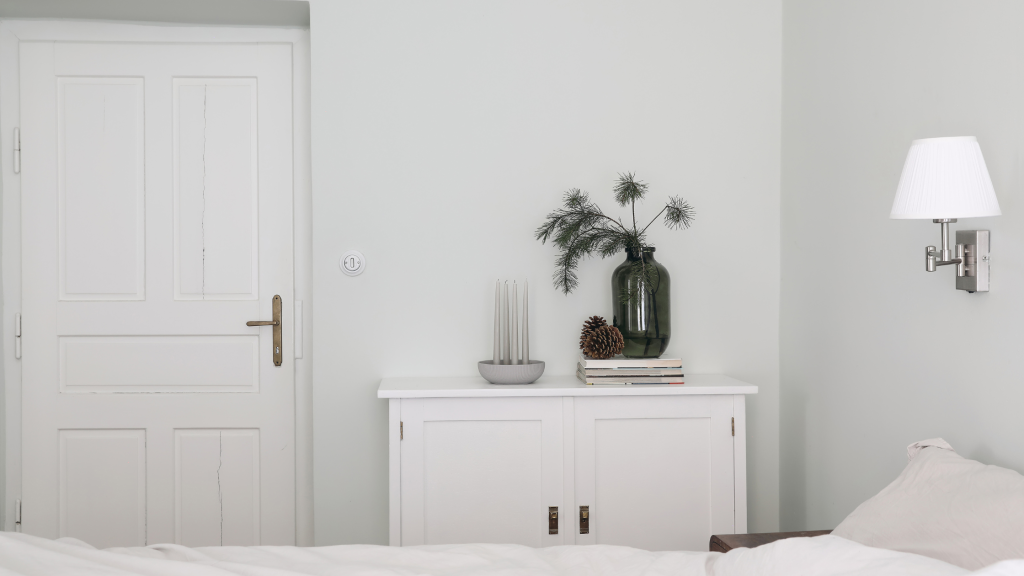The humble screw – a tiny titan in the world of DIY. But with so many types of screw available and so many possibilities for DIY projects, it can be difficult deciding which fastener is best. So, if you’re embarking on a new task, refer to this guide and equip yourself with the knowledge required to conquer any screw situation.
What Types of Screws Are There?
Wood ScrewsThese workhorses of woodworking feature sharp points and deep threads for a secure grip in wood. They come in various lengths, diameters, and head styles (like flat or Phillips) to suit your needs.
Sheet Metal ScrewsDesigned for metal or attaching metal to other materials, these screws boast sharp points and fine threads for easy penetration. Self-drilling versions eliminate pre-drilling in thin sheet metal.
Plasterboard ScrewsRecognisable by their bugle heads, these coarse-threaded screws fasten drywall to wood or metal studs. Their countersunk design creates a smooth finish once covered.
Lag ScrewsThese heavy-duty options, with large diameters and coarse threads, are ideal for high-strength applications like joining beams or creating sturdy outdoor furniture.
Machine ScrewsOften used with nuts and washers, these feature uniform diameters and finer threads. They excel in metal-to-metal applications or for creating adjustable joints.

How Do I Know Which Screw to Use?
Material mattersAre you working with wood, metal, plaster, or a combination? Different materials require specific screw types – wood screws for wood, sheet metal screws for thin metal, plasterboard screws for attaching plaster, and machine screws for metal-to-metal applications.
Think about the applicationWhat purpose does the screw serve? Is it for hanging something (like a door hinge), creating a strong joint (like lag screws for beams), or simply fastening two things together? Different applications benefit from specific screw designs – flat head screws for concealment, coarse threads for strong holding power, or self-drilling options for eliminating pre-drilling needs.
Size it upScrew size refers to both length and diameter. Length should allow the screw to penetrate deeply into the base material (think half the thickness for wood) while not protruding from the other side. Diameter ensures a secure grip – thicker screws for heavier objects or stronger joints.
Match the head styleThis is more about personal preference and functionality. Flat head screws sit flush, Phillips heads are easy to drive with a screwdriver, and hex heads offer a strong grip for tightening with an Allen wrench.
By considering these factors – material, application, size, and head style – you’ll be well-equipped to choose the perfect screw for any DIY project.
What Screws to Use When Installing a Door?
Wood ScrewsYour go-to choice for attaching hinges to both the door frame and the door itself. Opt for flat head screws for a concealed look or Phillips head screws for easier driving. Choose a screw length that penetrates roughly half the thickness of the door/frame where it attaches to the hinge.
Plasterboard ScrewsIf your door frame is made of metal studs, plasterboard screws (sometimes referred to as drywall screws) are your champions. Their fine threads create a secure hold and their bugle heads create a clean, countersunk finish once covered with trim.
Lag Screws (Optional)For particularly heavy doors or installations requiring extra strength, consider lag screws for hinge attachment. Pre-drilling is crucial here to prevent wood splitting.
Top tip: Always check the manufacturer’s instructions for your specific door and hinges for recommended screw sizes and types.

Should You Use Screws or Nails to Install Doors?
While both screws and nails can be used for some door installations, screws are generally the preferred choice for hanging interior doors.
Screws offer several advantages: superior holding power due to their threads, the ability to adjust and remove them if needed during levelling, and a tighter overall fit that minimises creaking over time.
Nails, while faster to install initially, can loosen and cause the door to wobble. However, for very lightweight hollow core doors or temporary installations, nails might be sufficient.
Ultimately, the best choice depends on the weight of the door, the desired level of adjustability, and the long-term stability you seek.
What Size Screws to Reinforce a Door?
When it comes to reinforcing a door for security, screw size is crucial. You want screws that are long enough to penetrate deeply into the stud behind the door jamb or frame, not just hold onto the jamb itself.
Generally, for reinforcing tasks, 3-inch screws are recommended. These screws will reach past the jamb and embed themselves firmly within the stud, providing a solid anchor point for the door.
However, it’s important to consider your specific door construction. If your door frame is thin or uses only narrow studs, a 3-inch screw might be overkill or even cause the wood to split. In such cases, a slightly shorter screw like 2.5 inches might be a better option.
Always double-check the thickness of your door jamb and stud before purchasing screws to ensure they effectively reinforce your door without damaging the frame.
What size screws for door hinges in the UK?
Best Screws for Internal Door HingesFor internal door hinges in the UK, the most common screw sizes are No. 7 x 1 inch (or 2.8 x 25mm) and No. 8 x 1 ¼ inch (or 3.1 x 32mm). These sizes offer a good balance between holding power and suitability for typical door frame thicknesses (usually around ¾ inch to ⅞ inch).
Best Screws for Exterior Door Hinges For external doors, which are generally heavier and require a more secure fixing, No. 10 x 1 ¼ inch (or 3.5 x 32mm) screws are a better choice. They provide additional strength for the heavier doors and ensure a solid hold against potential weather elements.

The ideal screw size can vary depending on factors including door material, hinge size and the thickness of both the door and door frame.
Hinge sizeLarger hinges might require slightly longer screws for proper engagement.
Door and frame thicknessMeasure your specific door frame thickness to ensure the screw doesn’t protrude through the other side.
MaterialIf your door frame is metal, you might need self-tapping screws or wood screws with appropriate threads for metal applications.
For best results, consult the hinge manufacturer’s recommendations or take a sample hinge to the hardware store to ensure compatibility and choose the most suitable screw size for your DIY project.

How to Choose Screws: The Know-How You Need
By understanding the different types of screws and their applications, you’ll be well on your way to tackling any DIY project with confidence. Grab your screwdriver (or drill), choose the right screw and get ready to unleash your inner home improvement hero.
Brush up on more DIY basics with our handy guides. Learn about the different types of wood, find out to paint interior woodwork for a fresh look and see which interior doors are best for your next project.
 Opanpan Door Skins
Opanpan Door Skins